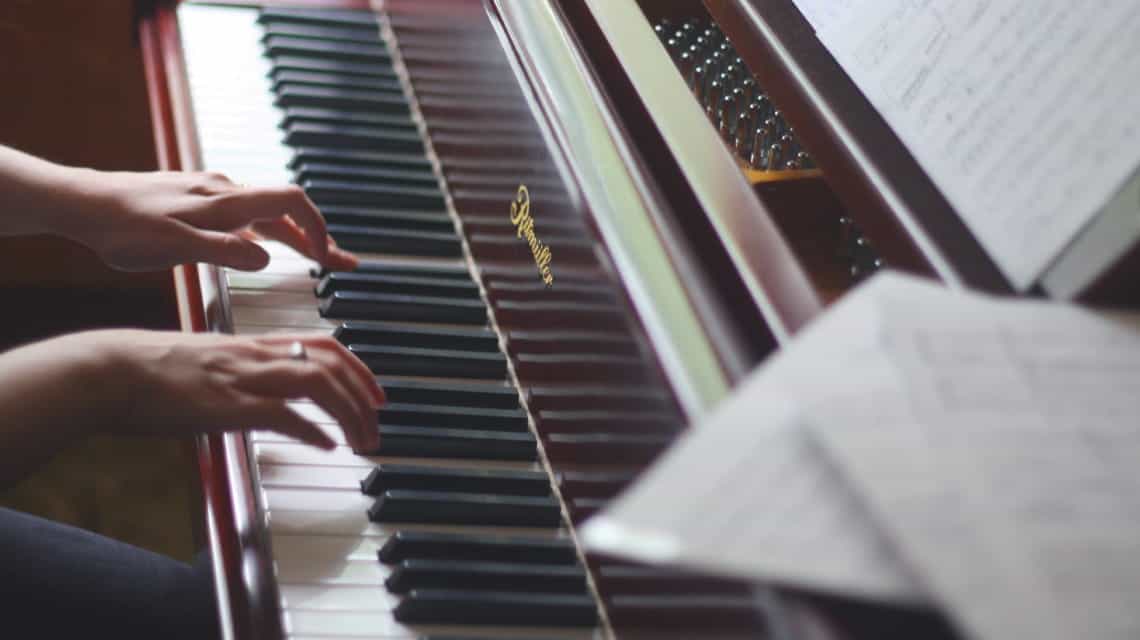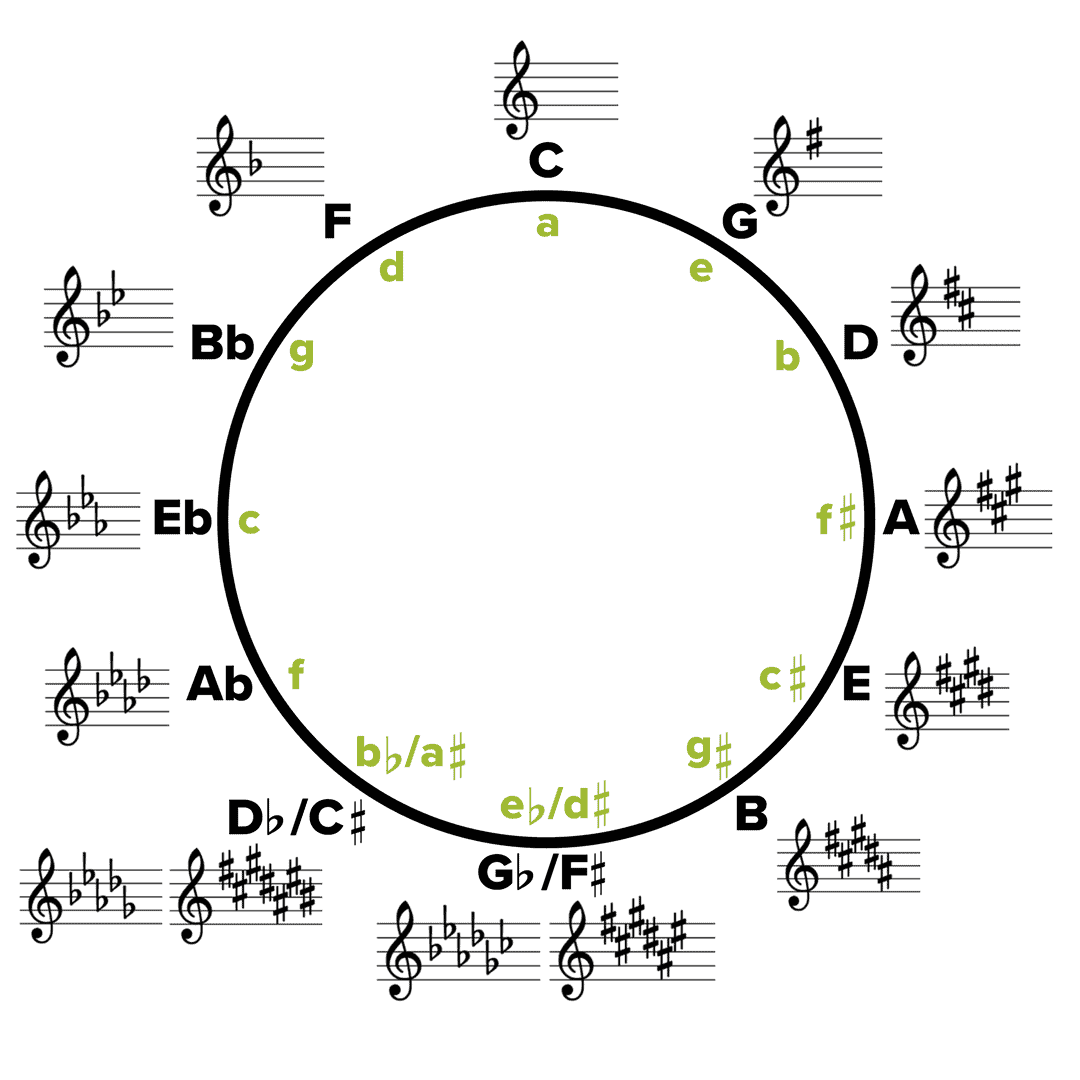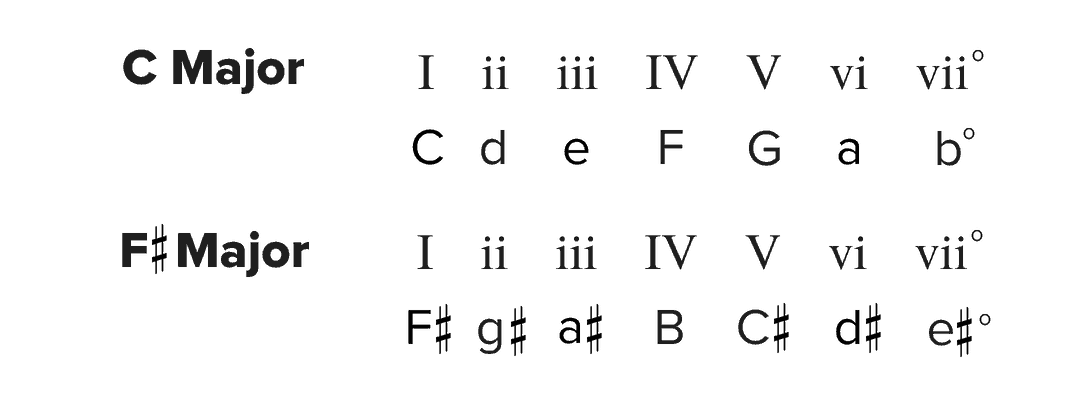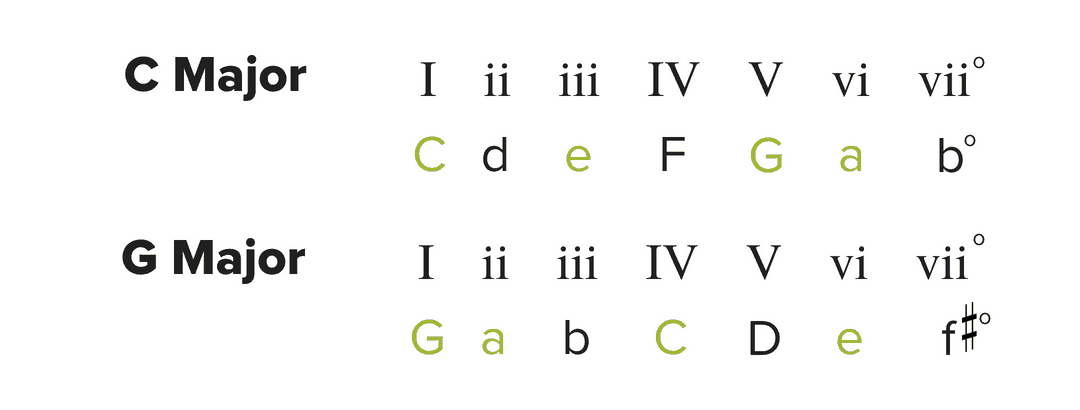Key Changes: A Complete Guide to Musical Modulation
We’re here to give you a complete guide to musical modulation, and hopefully, inspire you to try it in your compositions!

Have you ever heard an epic key change that made a pretty good song instantly legendary? Modulation (the act or process of changing from one key to another) in music is always a pleasant surprise to listeners as well as an excellent tool for songwriters and musicians. But with so many different ways to modulate, it can get a little confusing. But don’t worry, we’re here to help! We’re going to give you a complete guide to musical modulation, and hopefully, inspire you to try it in your compositions!
Modulating to a Relative Key
Relative keys are the major and minor scales that have the same key signatures, for example, D Major and B Minor (both keys have two sharps). The Circle of Fifths easily identifies relative keys.

Modulating from a major key to its relative minor (or vice versa) is one of the easiest ways to perform modulation because the obstacle of changing to a key with different accidentals does not exist. However, since both keys share the same key signature, it can be hard to tell if the song is modulating or not.
A great example of a song that modulates to a relative key is “Mirrors” by Justin Timberlake. The verses are in C Minor while the chorus is in E♭ Major. One of the reasons this particular modulation is so effective is because you don’t even get an E♭ chord until the chorus.
Modulating to a Parallel Key
Parallel keys are major scales and a minor scales that have the same tonic. For example, the parallel key of G Major is G Minor. One of the best demonstrations of Parallel Key Modulation can be found in the song “Happy Together” by The Turtles. The verses are in F# Minor, but as soon as the chorus hits, there is a switch to F# Major.
Modulating to a Parallel Key is another easy task because Parallel Keys share the same dominant chord. This makes the overall harmonic structure very similar. The dominant chord can be used to transition from one key to the next, however, you can also borrow chords from the parallel major/minor key to make the switch. Using the same example, “Happy Together” uses a B Major chord as a transition between F# Minor and F# Major. In this situation, F# Minor is technically “borrowing” the IV chord from F# Major (B Major).
Modulating to a Closely Related Key
Closely Related Keys are keys that share many common tones with one another. To find closely related keys, take a look at their chords! Let’s use C Major as an example.
When modulating to a closely related key from C Major, both keys should share a few chords. In this case, F# Major would be a not be a closely related key because the two keys don’t have any chords in common.

G Major, however, would be a closely related key because C Major and G Major share several of the same chords. These shared chords are useful when making the transition from one key to the next.

A great example of a song that modulates to a closely related key is “Save Me” by Queen. The verses are in G Major while the chorus is in D Major.
Modulating between closely related keys is generally very smooth due to the shared chords and likely won’t startle the listener. As a composer, you would use a common chord (also known as a pivot chord) to make the transition.
A common chord (also known as a pivot chord) is a chord that is common to the current key, and the one being modulated into.
Common Chord Modulation
Common Chord Modulation moves from the original key to the destination key (usually a closely related key) by way of a chord both keys share. We can continue to use “Save Me” by Queen as our example, as it modulates from G Major to D Major with a G Major chord. Since both keys have a G Major chord in their harmonic structure, this creates a seamless transition from one key to the next. It may even take the listener a few moments to realize the tonal center has changed! However, it’s an exciting way to give your music an artistic flair or fresh sound if you’re stuck in a repetitive four-chord progression.
Altered Common Chord Modulation
You may occasionally see an altered Common Chord Modulation. This is when two keys share the same root note of a chord, but the quality is different. Let’s look at “You’ll Be in My Heart” from Tarzan as an example.
In the excerpt below, the song modulates from G Flat Major in the verse to E Flat Major in the chorus by way of a B Flat Major chord.

Though both keys share a B Flat chord, in G Flat Major, the chord is minor, while in E Flat Major, the chord is major. So to modulate from G Flat Minor, the B Flat chord is altered with a raised 3rd to make it major. Now, the B Flat major chord is the dominant chord in the key we are modulating to (E Flat Major) and the transition is smooth!
Common Tone Modulation
Common Tone Modulation uses a sustained or repeated pitch from the old key as a bridge between it and the new key (common tone). The sustained or repeated note also belongs to the new chord, quite often with the aid of an enharmonic change.
Enharmonic notes/chords are notes/chords having the same pitch but written in different notation, for example, G# and A♭.
Typically, a Common Tone Modulation does not use a pivot chord because the sustained or repeated note serves in its place. An example of Common Tone Modulation can be found in Mozart‘s Fantasia in C Minor, K. 475. in mm. 24-26. Notice the modulation from B Major to D Major by way of an F#.

Modulating by Step
Modulating up a step (either a half step or whole step) is by far the most recognizable form of modulation because it rarely uses a pivot chord, but instead abruptly jumps from the old key to the new key. This kind of modulation is commonly found at the end of a song when the listener thinks they know what is coming next. Pushing a bridge or chorus up an octave is always a surprise and can be extremely powerful. One of the best examples of Modulating by Step is found in “Love on Top” by Beyoncé. At the end of the song, the chorus is repeated four times, each time going up another half step.
Although many Step Up Modulations are found at the end of songs, they can also be used in other ways. “Come on Eileen” by Dexy’s Midnight Runners is written with the verses in C Major while the choruses move up a whole step to D Major. And for an added flair, the intro is in F Major, which is an example of modulating to a closely related key!
We hope that you now have a better understanding of modulation and have seen how useful and fun it can be in music. Try a few of these methods out yourself–you never know what you might come up with!

